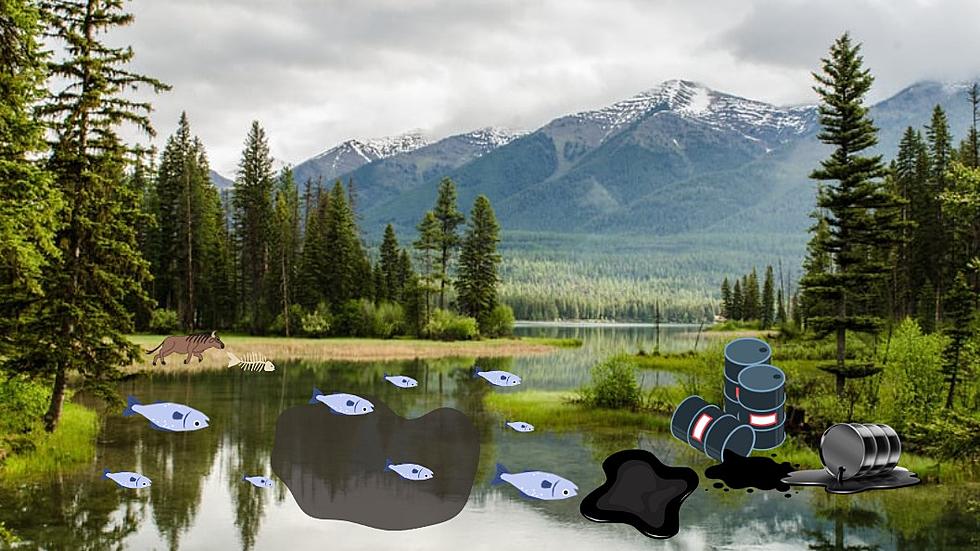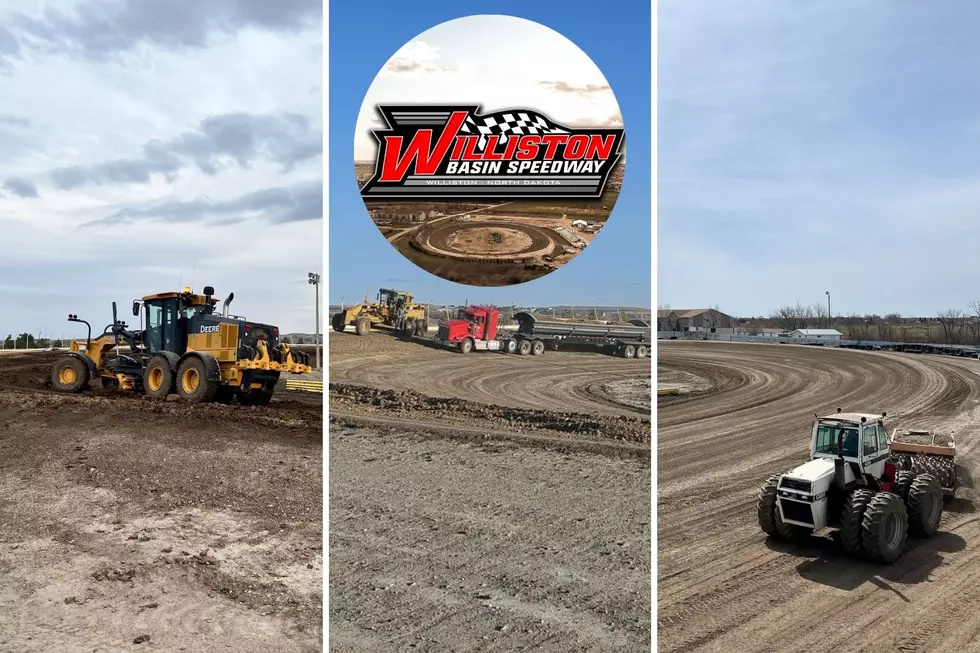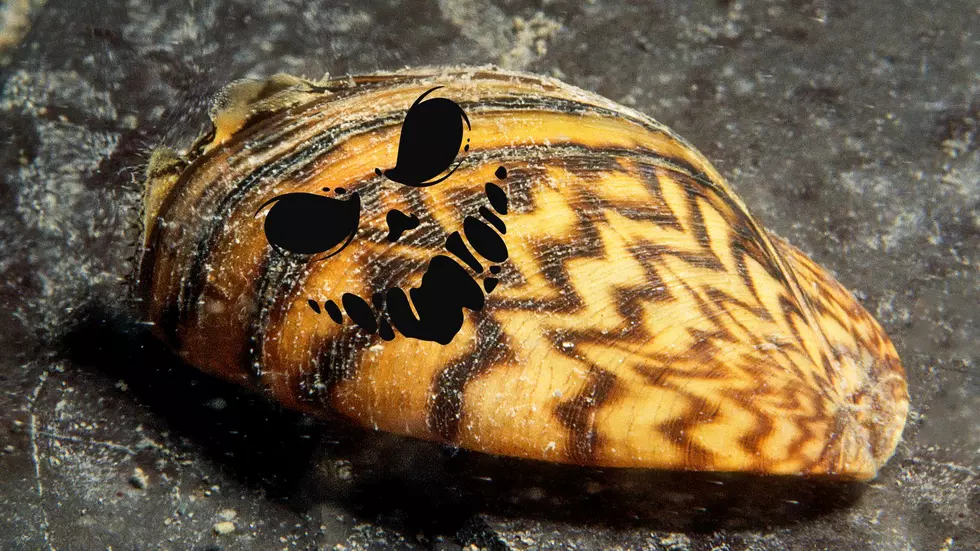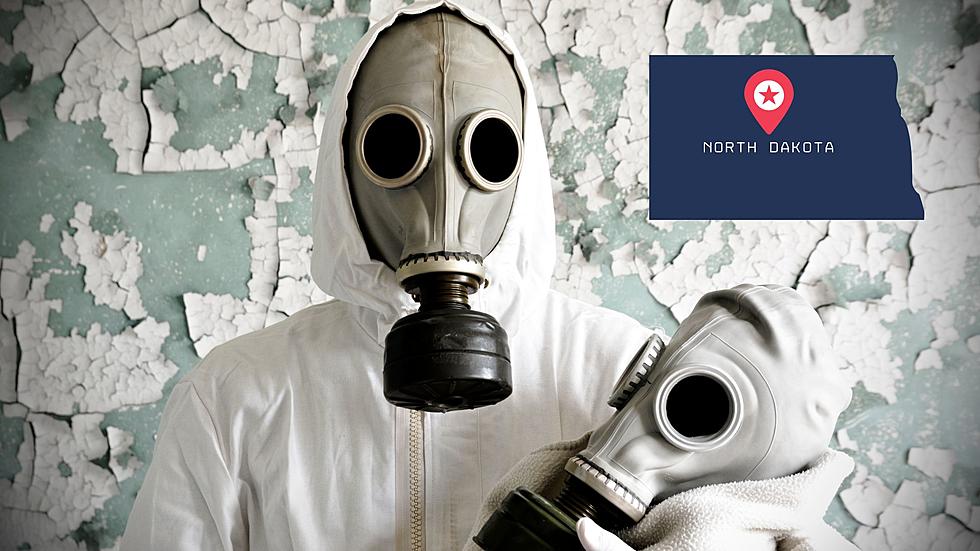
Staggering Number Of Reported Oil Industry Spills In North Dakota
With North Dakota, especially the Bakken, being an energy hub for the nation, there are bound to be some spills, but exactly how many has the state seen?

Thanks to Hazconnect, we are able to take a look, at least back to the beginning of 2021, to get a snap shot at how many spills have taken place.
Overall, throughout the state, there have been a total of 3,192 spills reported since January 1st, 2021, and 1036 reported just this year; however, that does include non-oilfield-related spills.
There have been an estimated 2168 reports of oil and/or brine spills in the oil industry since 2021. That number does not include other chemical or fuel spills that happen on sites, which may inflate the figure.
That number equates to 722 per year and just under two unique spills per day.
Extrapolating the data out (and being somewhat kind to the industry by ignoring a very cavalier time in the early 2010's), an estimated 8,600 plus oil industry spills have occurred in the state since 2011.
How Do Oil Spills Effect The Environment?
Oil spills on land have the effect of choking off plant life because they hinder the soil's ability to absorb water. This is especially true in agricultural areas and grasslands. Restoring the soil to productive use as soon as possible and preventing oil from seeping into groundwater or entering waterways as runoff are the top priorities in the event of a spill in these environments.
When oil reaches bodies of water, what kinds of plants, animals, and habitats are found there, and the amount and type of oil, among other things, can influence how much harm an oil spill causes. Generally, oil spills harm marine life in two ways:
Fouling, or oiling, occurs when oil physically harms a plant or animal. Oil can coat a bird’s wings and leave it unable to fly. The degree of oiling often impacts the animal’s chances of survival.
Oil consists of many different toxic compounds. These toxic compounds can cause severe health problems like heart damage, stunted growth, immune system effects, and even death for animals that live in or near bodies of water.
Responding to Oil Spills on Land
As long as their use prevents the oil from seeping into the soil, berms and trenches can be used to contain the spill. Since oil is usually lighter than water, flooding the contaminated area can "float" the oil to the surface when there is no risk to the water table.
Responding to Oil Spills on Shore
According to NOAA, there are multiple steps that can be taken to clean up oil if it does contaminate waterways:
- Shoreline Flushing/Washing: Water hoses can rinse oil from the shoreline into the water, where it can be more easily collected.
- Booms: Long, floating, interconnected barriers are used to minimize the spread of spilled oil.
- Vacuums: Industrial-sized vacuum trucks can suction oil from the shoreline or on the water surface.
- Sorbents: Specialized absorbent materials act like sponges to pick up oil but not water.
- Shoreline Cleaners and Biodegradation Agents: Chemical cleaners that act like soaps may be used to remove oil but require special permission. Nutrients may be added to help microbes break down oil.
- Burning: Also referred to as "in situ burning," freshly spilled oil can be set on fire, usually when it's floating on the water surface and sometimes on oiled marsh vegetation, in order to effectively remove it.
- Manual Removal: Cleanup crews using shovels or other hand tools can pick up oil from the shoreline. This method is used, especially when heavy machinery cannot reach an oiled shore.
- Mechanical Removal: When there is access, heavy machinery, such as backhoes or front-end loaders, may be used.
Seven Unique Ways To Talk To Santa For Your Christmas List
18 Rock Holiday Sweaters That Will Bring Shame to Your Family
Gallery Credit: Matthew Wilkening
More From KEYZ AM 660









